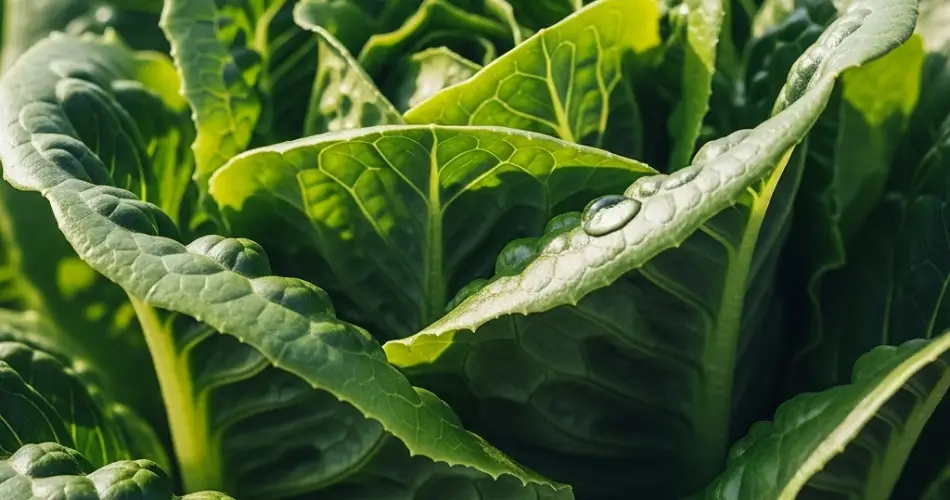Growing your own lettuce at home is a satisfying and practical way to enjoy fresh, chemical-free greens throughout the year. Whether you have a garden, a balcony, or just a sunny windowsill, lettuce is an easy crop to grow, even for beginners.
This article will walk you through the entire process—from germinating lettuce seeds to nurturing them through their development stages and finally harvesting crisp, homegrown leaves.
Why Grow Lettuce at Home?
Lettuce is a fast-growing leafy vegetable that comes in many varieties, from crisphead and butterhead to romaine and leaf lettuce. It’s perfect for small-space gardening because:
-
It grows quickly (in as little as 30 days).
-
It doesn’t need deep soil.
-
It can thrive in containers or directly in the ground.
-
It can be grown year-round with the right conditions.
Plus, freshly harvested lettuce tastes far superior to store-bought varieties and retains more nutrients.
What You Need to Start
-
Lettuce seeds (choose your preferred variety)
-
Seed-starting trays or small containers
-
Well-draining potting soil or seed-starting mix
-
Spray bottle or watering can
-
Light source (natural sunlight or grow light)
-
Larger pots or garden space for transplanting
Step 1: Germinating Lettuce Seeds
Germination is the first and most crucial step. Lettuce seeds are small but highly responsive when given the right conditions.
How to Germinate:
-
Fill seed trays or shallow containers with seed-starting mix. Light, fluffy soil helps tiny lettuce seeds take root.
-
Sprinkle seeds evenly across the surface. Since they’re so small, you don’t need to bury them deeply—just press them lightly into the soil.
-
Moisten gently using a spray bottle. Avoid overwatering, which can cause seeds to rot.
-
Cover with a thin layer of vermiculite or fine soil, just enough to keep them moist.
-
Place in a warm spot (ideally around 18–22°C or 65–72°F). Light is not strictly necessary for germination, but once sprouts appear, they’ll need plenty of it.
-
Keep moist until sprouting. Lettuce seeds usually germinate within 2–7 days.
Step 2: Seedling Care and Development
Once your seeds sprout, it’s time to care for your lettuce seedlings so they grow strong and healthy.
-
Provide light: Move the tray to a bright windowsill or use a grow light for 12–14 hours daily. Without enough light, seedlings become leggy and weak.
-
Water carefully: Keep the soil moist but not soggy. Young lettuce is sensitive to overwatering.
-
Thin seedlings: Once they have 2–3 true leaves, thin them to about 4–5 cm apart by snipping extras with scissors. This gives each plant room to grow.
-
Harden off: Before transplanting outdoors, gradually expose your seedlings to outdoor conditions for a few hours a day over a week.
Step 3: Transplanting or Direct Sowing
If you started your lettuce indoors, transplant seedlings once they are about 7–10 cm tall and have a few sets of true leaves. You can also sow seeds directly outdoors if conditions are right.
Transplanting Tips:
-
Choose a spot with partial to full sun. Lettuce prefers cooler temperatures and does best in spring or fall.
-
Prepare the soil: Use loose, fertile soil with good drainage. Add compost or aged manure if needed.
-
Space plants 15–25 cm apart, depending on the variety.
-
Water gently after transplanting.
Step 4: Ongoing Care
Lettuce doesn’t need a lot of fuss, but a few simple practices can ensure a successful crop:
-
Water regularly: Keep soil consistently moist. In hot weather, water more frequently and mulch to retain moisture.
-
Protect from pests: Slugs, snails, and aphids are common enemies. Use natural deterrents like crushed eggshells or neem oil spray.
-
Fertilize lightly: If using rich soil or compost, extra fertilizer may not be necessary. Otherwise, feed with a balanced organic fertilizer once or twice during the growing season.
Step 5: Harvesting
The best part of growing lettuce is how quickly and easily it can be harvested.
-
For loose-leaf varieties, you can begin cutting outer leaves once the plant reaches about 10–15 cm in height. This allows the plant to keep growing for multiple harvests.
-
For head lettuce, wait until the head is firm and well-formed, then cut the entire head at the base.
-
Avoid waiting too long, as lettuce can become bitter or bolt (go to seed), especially in hot weather.
You can also try succession planting—sowing new seeds every 2–3 weeks for a continuous supply of lettuce.
Final Thoughts
Lettuce is one of the most rewarding vegetables to grow at home. It germinates quickly, grows fast, and delivers fresh greens with minimal space and effort. Whether you’re planting in a garden bed, container, or window box, with just a bit of care, you can enjoy crisp, delicious lettuce harvested straight from your own garden.
This guide provides the essential steps for successfully germinating and cultivating lettuce from seed to harvest. Try it for yourself and discover the freshness of homegrown salad greens—your health and your taste buds will thank you.



